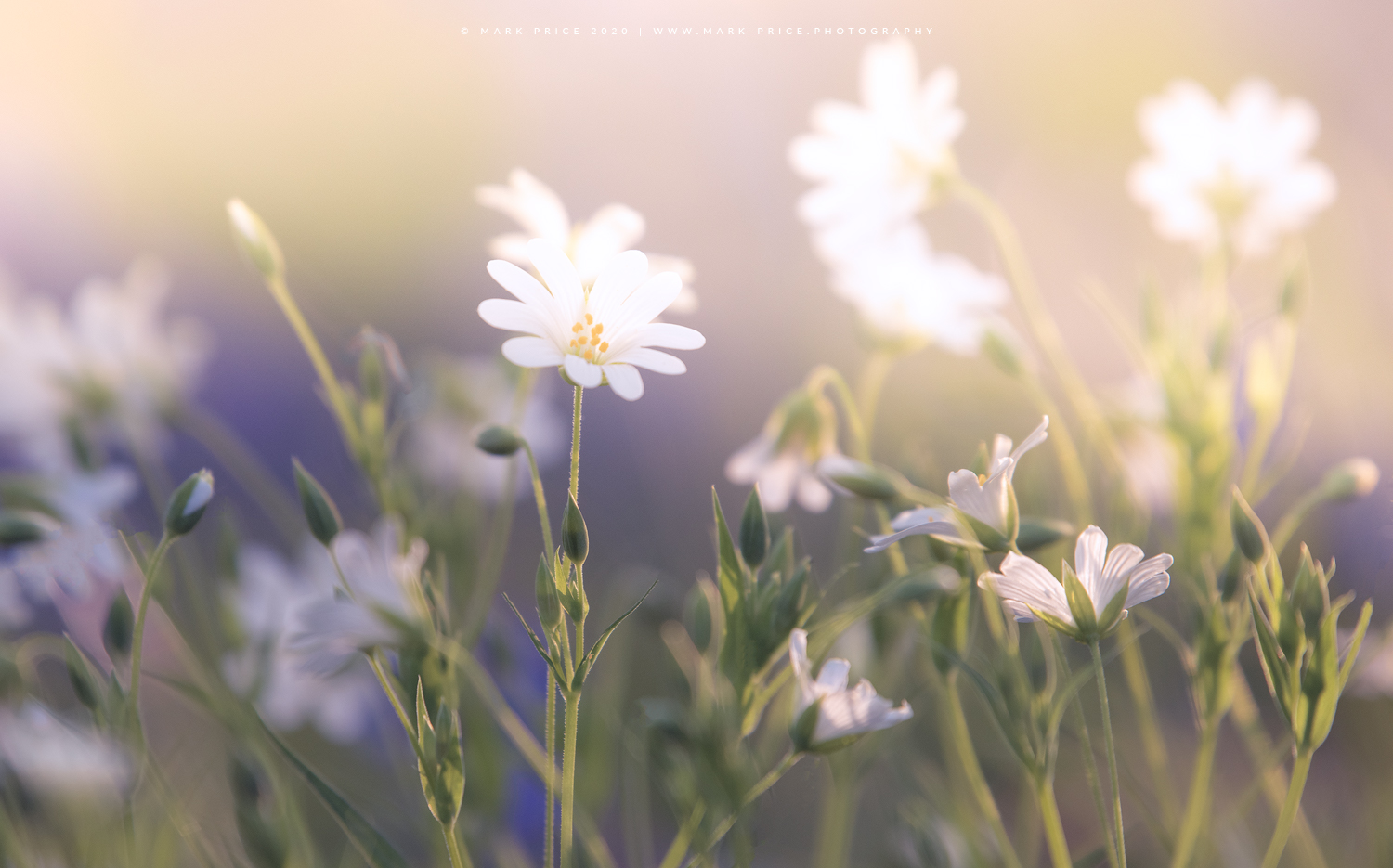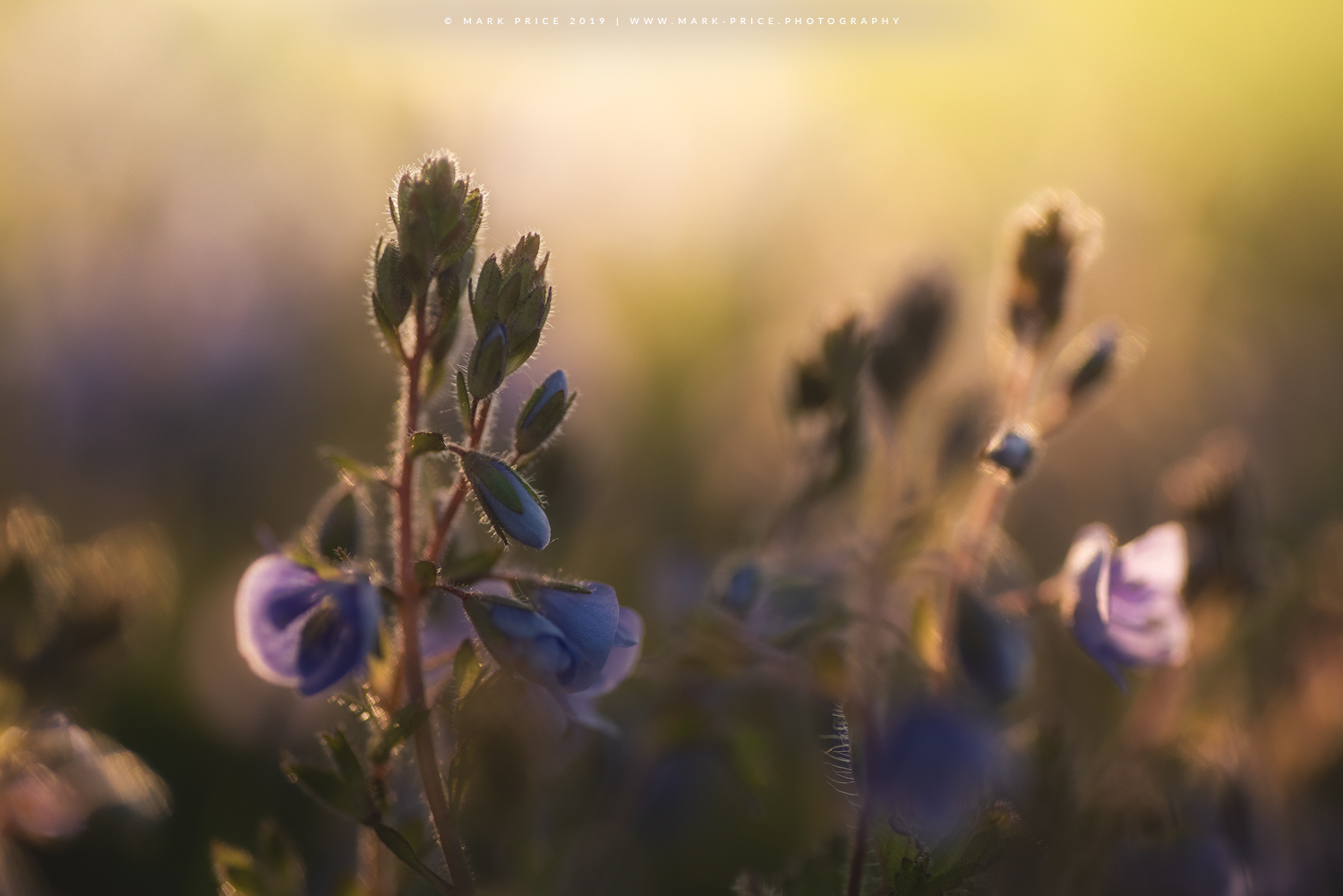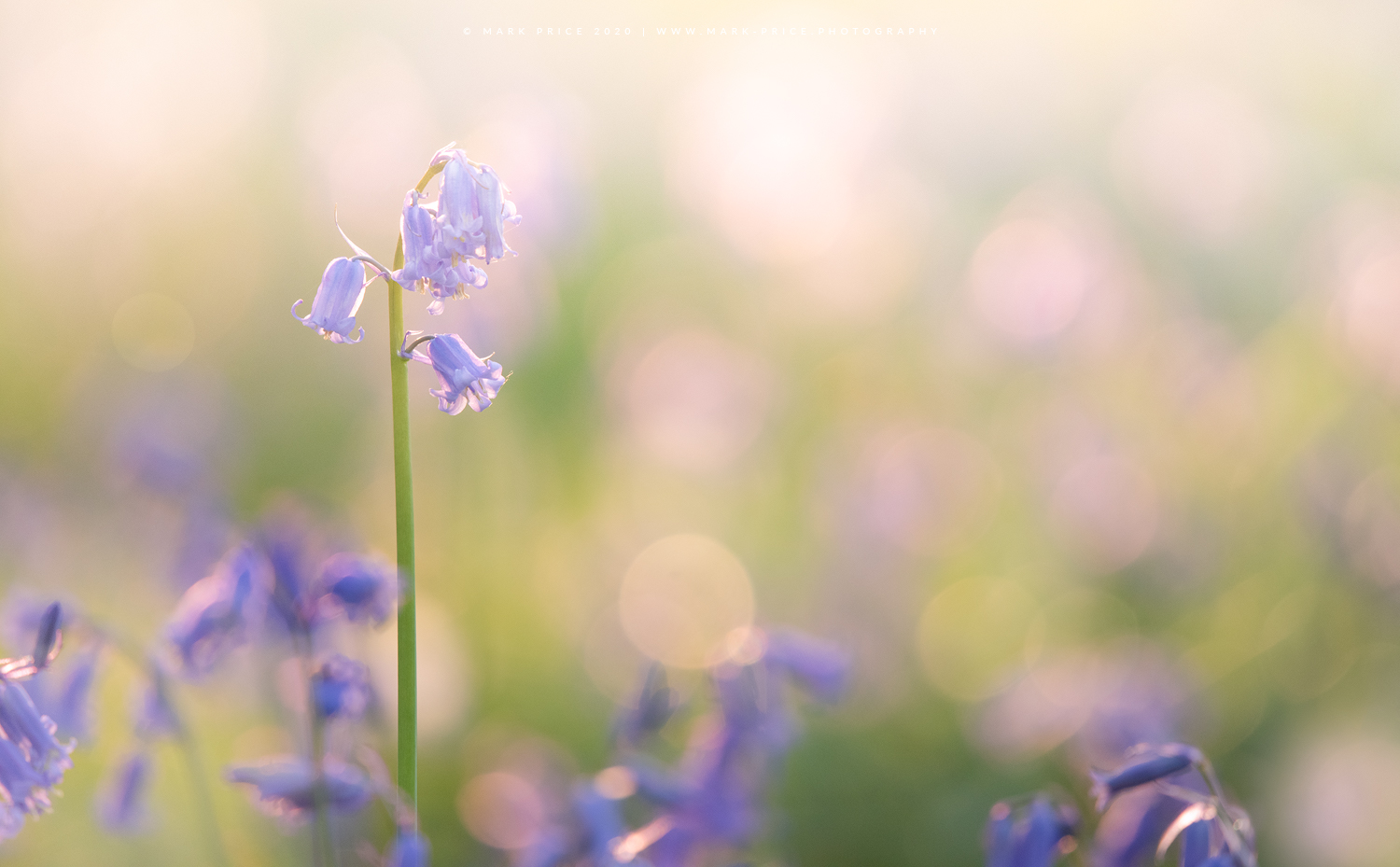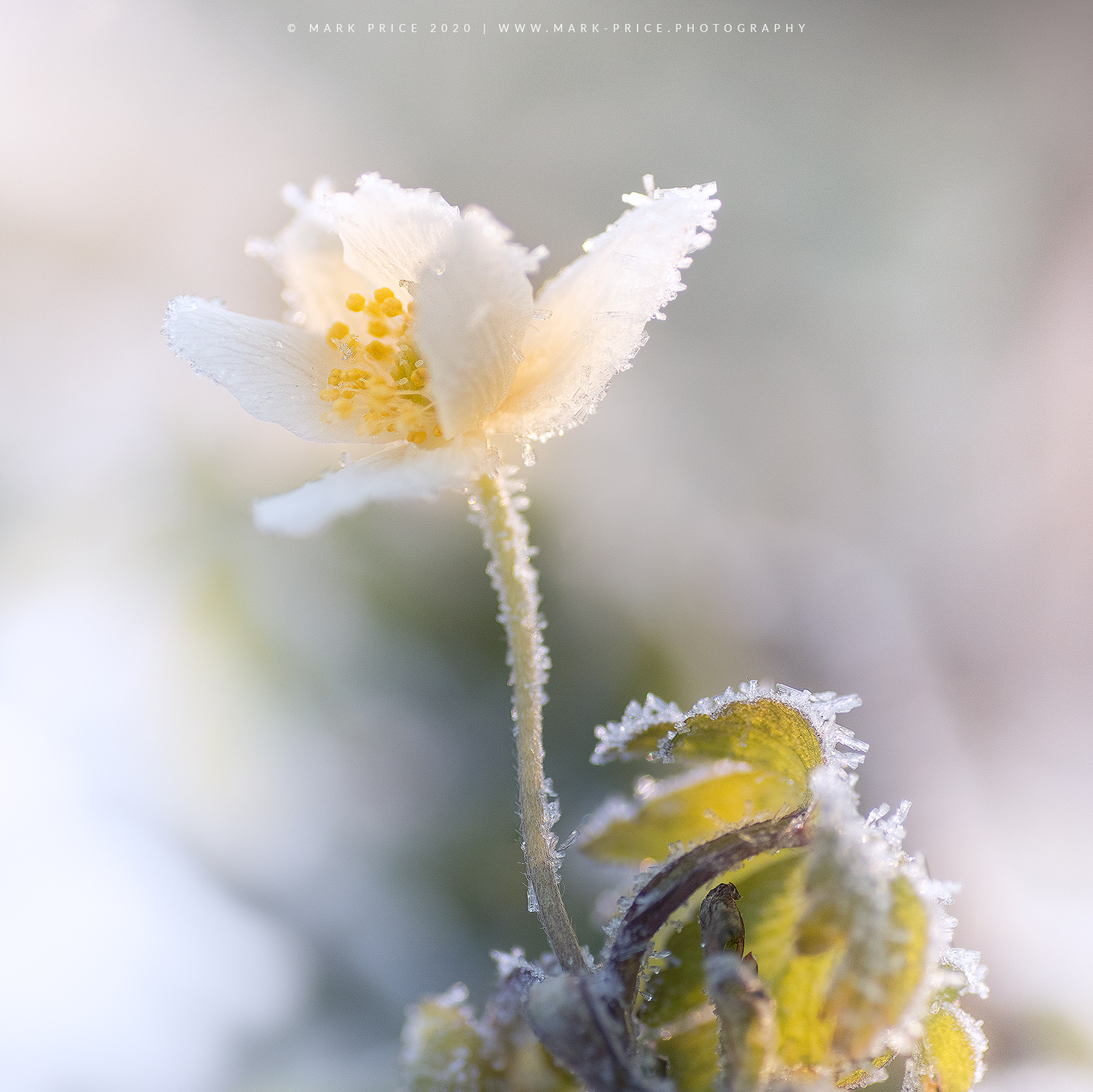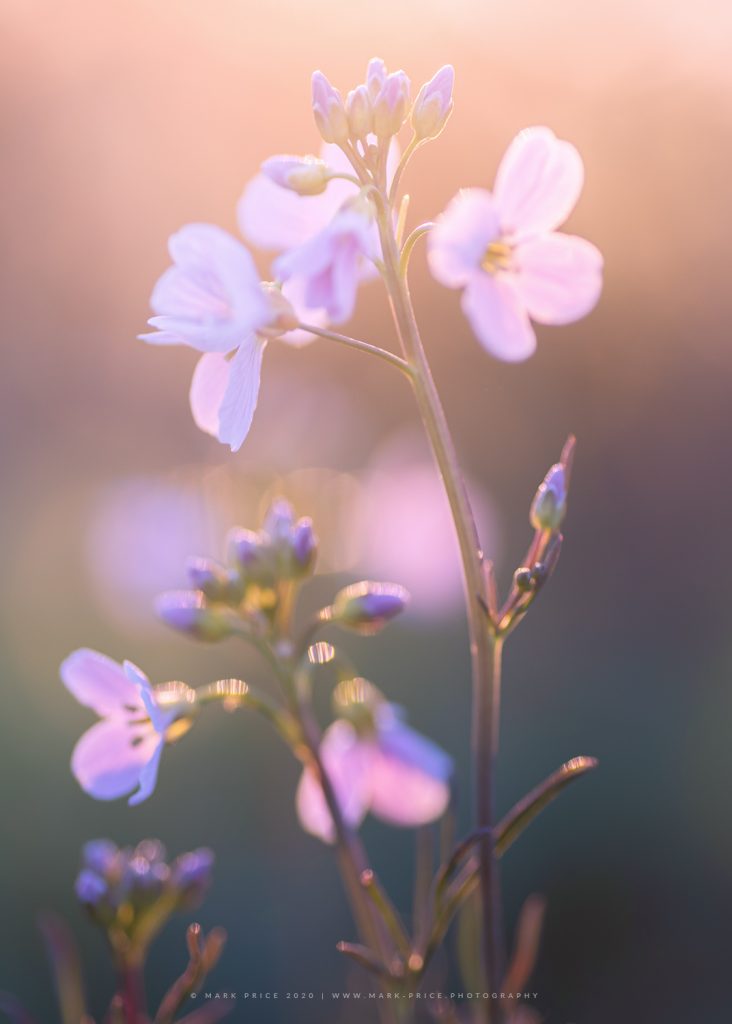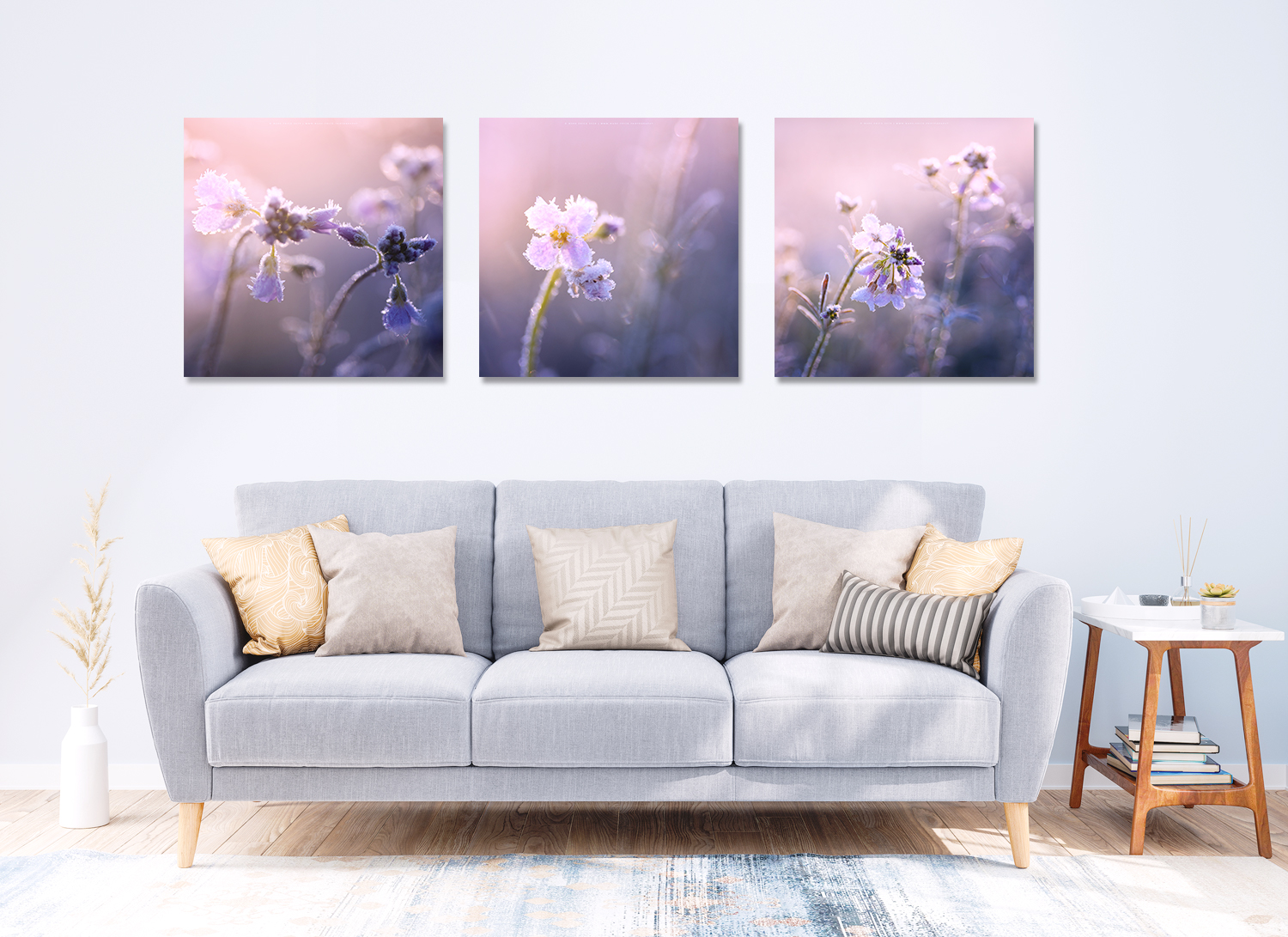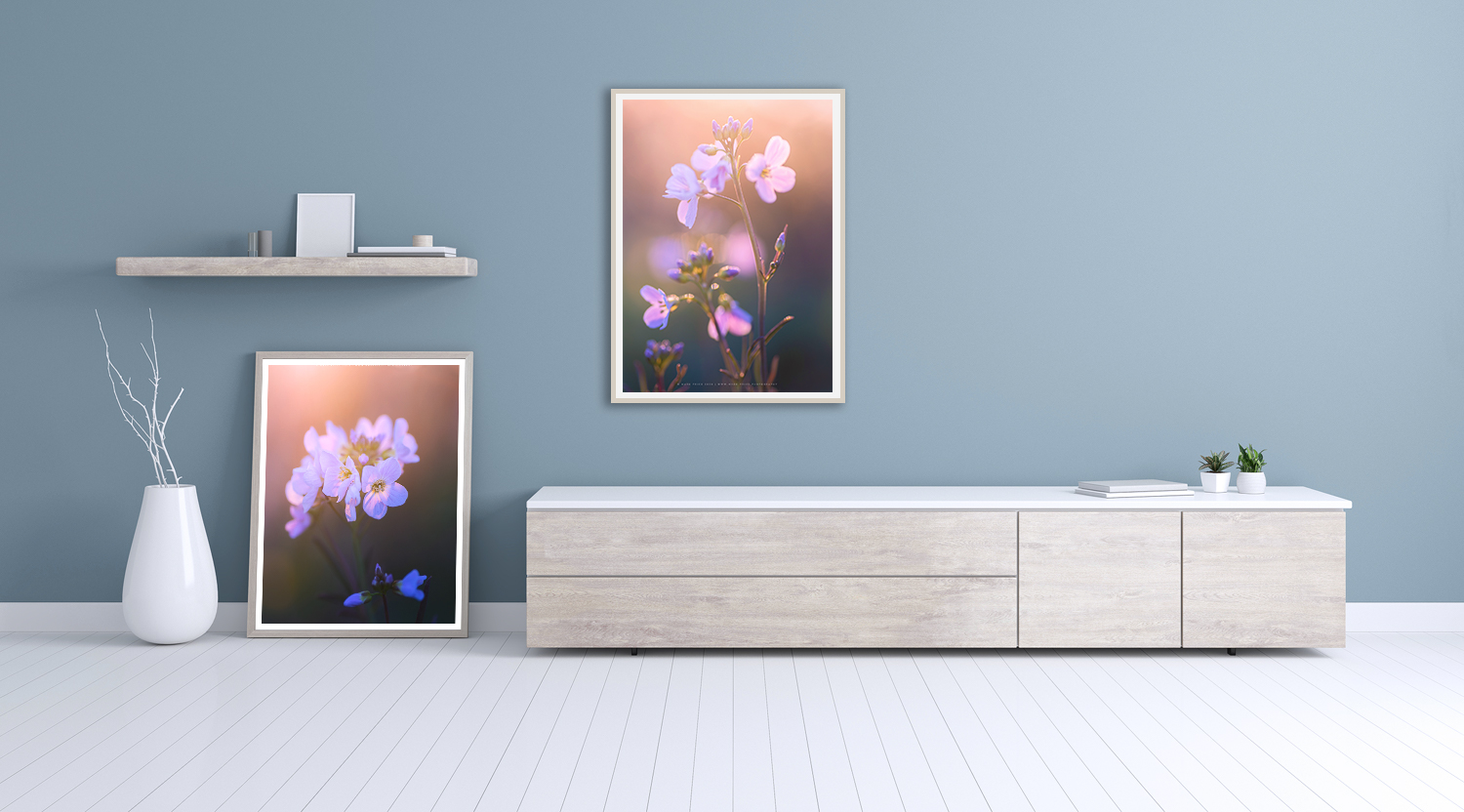I haven’t written too much here in a good while, and while I have ‘some’ time on my hands, now is as good a moment as any to add a post.
Like the rest of our world, I’m pretty much locked down – restricted to home, and very local areas for the purposes of photography.
It’s a frustrating time – I love to roam the earth with my camera, the sense of freedom and wonder that this provides me has never been more apparent than now, when that luxury is removed, for a little while at least. Of course there’s a bigger picture to consider – everyone’s safety being the over-arching priority, and the travelling across the globe to shoot needs to go on hold a while. Mother Earth will appreciate the rest, without any shadow of a doubt – I do wonder whether Coronavirus is nature’s way of telling us humans to slow down, take a look look at ourselves, and also abruptly pointing out to us that we are A) expendable, and B) not the Masters of the earth, meant to dominate and destroy the planet, annihilating other species and the natural resources of the planet for our own ends. Maybe, this crisis for humanity can be a turning point, where we wake up, and become a kinder species ourselves. I’d like to think so.
Anyway, photography is the subject of my site, not humanity, or human philosophy, so i’ll ramble and rant no more!! What to do as a fairly obsessional photographer when told to stay at home ? – Well, I’m fortunate – I have a little studio set up at home – decent printer, good space to work in, and out in the English countryside – there is a woodland area literally 50 metres from my studio that is teeming with wildflowers as spring has got underway in the UK. It’s not the primary place I would have been heading to for spring, for sure, but I’m very grateful to be within walking distance of somewhere I can connect with nature.
Flowers, and Macro type images have been of interest to me for quite some time. I have a macro lens, bought 3-4 years ago, and have ‘dabbled’ on occasions. This genre can provide a good alternative to the grand landscape when there is little cloud – those ‘blue sky’ days that most photographers ( or certainly landscape photographers ) find fairly bland. There’s also a commercial interest to this genre, in that flowers, intimate scenes, textures, abstracts – they outsell dramatic landscape images by a country mile. With those considerations in mind, and with the feelings of frustration and limitation boiling over, it’s been a good time for me to develop some work in this genre.
I’ve found a few interesting discoveries along the way, which i’ll share, along with some of the results.
The first thing that has surprised me is that a Macro lens is not the best gun in the Artillery for this ‘battle’. Sounds bonkers ? – Macro photography without a Macro lens ?? WTF! Hear me out!
I’ve found that flower scenes in particular can benefit from a more complex composition than being too close up. A dedicated macro lens is wonderful for getting in very close to a single subject and exploiting a shallow depth of field with a pleasing background. However, to shoot a ‘wider’ scene of small flowers, a different approach might be considered. My ‘gun’ of choice here is my favourite Bazooka lens – the 100-400m Sigma that I find myself increasingly turning to for other aspects of photography. Why ? Well, at 300-400mm focal length, the depth of field is very shallow, and I can be 10 feet away from a scene, meaning that I can capture a more complex portrayal, while still appearing to be intimately close, and achieving the most appealing background.
On the subject of background – this is another critical discovery during this little foray into the world of Macro. While the obvious things like focus / sharpness ( although I’ll come on to that ), exposure, white balance etc are all important, the background to any flower scene is particularly important. Get it wrong, and the key players of the scene don’t stand out, or the background demands too much attention to the eye of the viewer. It’s worth remembering that mostly the background is going to be a diffused, somewhat out of focus vision, so the shapes, and colour are really important to look at as you are shooting the scene, and reviewing the detail on the back of the camera.
Here’s a couple of images shot in the last couple of weeks as examples :
In both of these images, the complimentary pallette of the background lends itself to the ‘key players’ of each photograph ( the flowers). Choice of focal point also determines strongly what a viewer will look at. Both were shot at over 300mm focal lengths, with an aperture of 5.6. Both photos have multiple elements in them, which present a more compelling frame than a single flower, or indeed filling the frame with a small subsection of the flower in question ( although this can also be highly effective ).
I’ve also found that shooting into the sun, in early evening light is by far the best way to light this type of scene. The bokeh, diffusion, and natural light bleed that tends to be a by-product of this approach is really beneficial for this type of image. This type of lighting with flowers conjures up visions of dreamy, warm, relaxing afternoons ( or it does for me anyway ) – there is a tranquil feel to the images, which I find appealing. This next image typifies the benefits of adopting this technique.
The light hitting the frame on a backlit basis provides a lovely complimentary background, not too harsh, with some lovely rendering of the out of focus elements by the lens in use :
A couple of other things have been aspects of discovery during this little project – the height at which you shoot, and the importance ( or not ) of sharpness.
The perspective from which you shoot flower images is fairly key – too high, and most images will lack appeal in reality – too low, and the sunlight can be too much of a problem for backlit work. I often find myself sat on the floor, looking across a field of wildflowers, shooting a flower, or series of flowers that are vertically protruding from the rest of the field. This has been the one of the pieces of the jigsaw in getting the background, and lighting right, so it’s worth experimenting with camera height to find the most effective view of the plant(s) or flower(s) that you are portraying.
Sharpness, in most landscape photography is fairly important – it’s seldom that an out of focus foreground, or ‘soft’ corners, or a blurry mountain in a grand vista are going to work well, unless that is the absolute intention. In this case though, while a focal point for the image is important, critical sharpness is not always what I look for. Without focus stacking, it’s hard to achieve at a long focal length while also maintaining the pleasing rendering of an out of focus background. There is of course the option to narrow the aperture, or carry out the aforementioned focus stack, but I feel that the general ‘dreamy’ type aesthetic of this genre of photography affords quite a wide range of ‘give’ in terms of sharpness – whilst I wouldn’t advocate everything being badly blurred, a little softness, or motion blur ( think flowers blowing in the wind on a breezy day ) is actually pretty desirable.
The image below does not have complete focus on the flower head, yet still works fairly well, with both the flower and the leaves below having areas of selective sharpness set against naturally softer areas of the frame.
I’ll wrap up with another couple of my favourite examples from the last 2-3 weeks :
Both fairly well demonstrate most of the principles I’ve covered in this short article :
- Think of the background
- Try a long lens if you have one, with wide open aperture
- Take a tripod, and get down low
- Find a point of focus
- Look for multiple compelling elements
- Colour balance is important across the scene
I’ll be releasing a series of these images into my online shop in the near future – they look great on paper, and on the wall ( Some are already available ) :
Thanks for reading, I hope someone finds some use from this article. I have a dedicated flowers / macro gallery here on the site, and you’ll also find a full gallery of my recent work, including a good few shots from this series here
Happy shooting !
Mark



